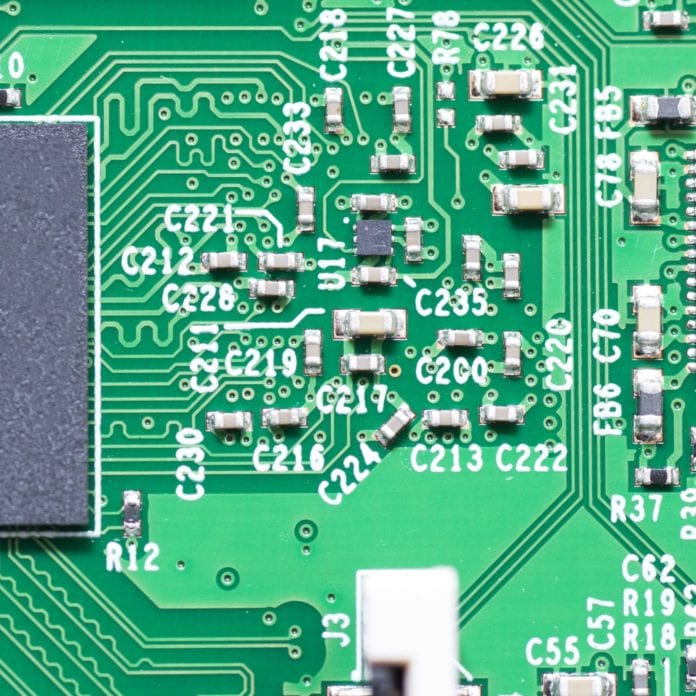Connecting everything: news bytes for Nov. 16
1. Japan’s largest telecom operator, NTT DoCoMo, is demonstrating two low-power LTE chipsets at its annual open house in Yokosuka. Sequans is set to demonstrate its LTE Category M1 Monarch chipset in live communication with a Rohde & Schwarz base station emulator. Sequans said it has made initial shipments for Monarch network deployments with operators beginning this quarter.
NTT DoCoMo is also performing interoperability testing for Altair’s LTE Cat-1 chipset and is demonstrating ultra-low-power consumption using LTE extended discontinuous reception functionality on CAT-1 devices.
“We are excited to test our LPWA [‘internet of things’] gateway with lower-category LTE technologies, for a solution that targets more than 10 years of battery life,” said Toshiyuki Futakata, VP and senior manager of the carrier’s communication device development department, radio access technology group.
Separately, Altair has decided to open a research and development center in Oulu, Finland. The Israeli company, which is 100% owned by Sony, said it sees Oulu as a center for “5G,” modem, IoT, wearables and business model innovations. Finland is still home to much of the technical talent that left Nokia while the company was restructuring.
2. Intel Capital plans to increase its investment in autonomous vehicle solutions. CEO Brian Krzanich delivered a keynote speech at this year’s AutoMobility Show and said Intel Capital wants to invest $250 in autonomous vehicles during the next two years.
Intel fell behind Qualcomm in the race to connect smartphones to wireless networks, and does not want to suffer the same fate in the race to connect and power autonomous vehicles. Qualcomm recently announced plans to buy NXP Semiconductor, which owns automotive chipmaker Freescale.
3. Sierra Wireless said it has launched the world’s smallest programmable cellular gateway for IoT applications. The company said its FX30 is precertified for carrier networks, meaning equipment makers can add internet connectivity to a range of devices. AT&T has already announced an IoT data plan and other carriers are likely to follow suit.
4. 802.11ac Wi-Fi chipsets are enabling high density access solutions. This week, Xirrus announced a four-radio 802.11ac Wave 2 Wi-Fi solution that incorporates external antennas. The company said the access point can support more than 1,000 simultaneous connections and that the external antennas can be used to fine tune coverage.
5. Packet announced a new server configuration based on ARM’s v-8 A core. The solution is powered by two 48-core Cavium ThunderX chips. Packet leases server capacity to enterprise customers. Its new servers will be available for 50 cents per hour. Customers can use APIs to access the servers.

